What are the key points of the manufacturing process of 18650 lithium-ion
batteries?
First, the amount of liquid injection: Generally speaking, the injection
amount of the ternary 18650 2.6-3.2Ah cylindrical battery is between 5-5.5g. The
specific injection amount depends on the physical parameters of the positive and
negative electrode materials (specific surface area, shape, particle size
distribution), winding tightness, surface density, compaction density, etc. If
note
First, the amount of liquid injection:
Generally speaking, the injection volume of the ternary 18650 2.6-3.2Ah
cylindrical battery is between 5-5.5g. The specific injection amount depends on
the physical parameters of the positive and negative electrode materials
(specific surface area, shape, particle size distribution), winding tightness,
surface density, compaction density, etc.
If the injection amount is insufficient, the internal penetration will be
incomplete, the internal resistance will be too large, and the number of cycles
will be small. If it is serious, it will cause lithium to be released and cause
danger; if the injection volume is too large, it will lead to insufficient
internal space (high internal pressure), rapid decline in capacity and
additional costs. What I'm trying to say here is that a lot of liquid injection
will cause a rapid capacity decay because the negative electrode, especially at
high temperature and during charging, the free rich electrolyte will react with
the more active negative electrode lithium-carbon compound and eat effectively
substance.
The general method for the manufacturer to determine the injection volume
is to immerse the wound cells in the electrolyte, calculate the weight
difference before and after, then add 0.2-0.4g, and finally the optimal
injection volume. Of course, although this method is simple and feasible, it is
not rigorous enough. The best way to do this is to experiment with
electrochemical performance using gradient injection amounts and eventually
account for rate, high and low temperatures, and cycling.
Low temperature lithium iron phosphate battery 3.2V 20A -20℃ charge, -40℃
3C discharge capacity ≥70%
Charging temperature: -20~45℃ -Discharging temperature: -40~+55℃ -40℃
supports maximum discharge rate: 3C -40℃ 3C discharge capacity retention
rate≥70%
Click for details
It is more scientific to determine the appropriate injection amount
according to the specific use of the battery.
The principles of manganese, lithium, iron and lithium are basically
similar. Do not go into detail.
Second, tightness:
The sealing method is calculated by dividing the sum of the bottom area of
the positive electrode, negative electrode, separator and pin gap by the
internal bottom area of the cylindrical battery. Generally 88%-93%.
Again, the particular seal depends on the use of the battery and the
desired properties of the final battery. Too low sealing will lead to wasted
space, new cost, difficult penetration of electrolyte (consuming liquid),
battery sloshing, etc.; too high sealing will lead to insufficient space due to
subsequent battery expansion, which will affect electrochemical performance and
internal pressure. Large CID is easy to disconnect etc.
Low temperature high energy density 18650 3350mAh-40℃ 0.5C discharge
capacity ≥60%
Charging temperature: 0~45℃ Discharging temperature: -40~+55℃ Specific
energy: 240Wh/kg -40℃ discharge capacity retention rate: 0.5C discharge
capacity≥60%
Click for details
Generally speaking, the airtightness of the rate battery is low, usually
lower than 91%; the airtightness of the capacity battery is higher, and some can
even exceed 95%. The reason can be considered, it is very simple.
It should be noted that considering different materials (such as anode
physical parameters), different design parameters (such as compacted density),
etc., the subsequent battery expansion coefficients are also different. We have
to take it into consideration when designing.
Third, the number of lugs:
The number of lugs added can only be limited by the AC internal resistance
of the newly added battery, which is not directly related to the DC internal
resistance during end use. The number of new labels will increase the difficulty
of battery process design, increase costs and end-use risks. Therefore, in order
to increase the final battery capacity or rate performance, whether the number
of additional labels on a single side is feasible must be carefully
designed.
The reason is roughly: the increase in the number of lugs means that the
empty space and the welding process of the lugs add new machines, materials and
labor, and the cost will naturally increase; the new number of lugs also affects
the tension of the pole pieces , resulting in tensionlessness. Also, added is
the difficulty and risk of winding; improperly packaged solder joints at the
lugs can puncture the diaphragm. The current density is highest at the lug and
the electrode potential is lowest, which increases the possibility of lithium
precipitation.
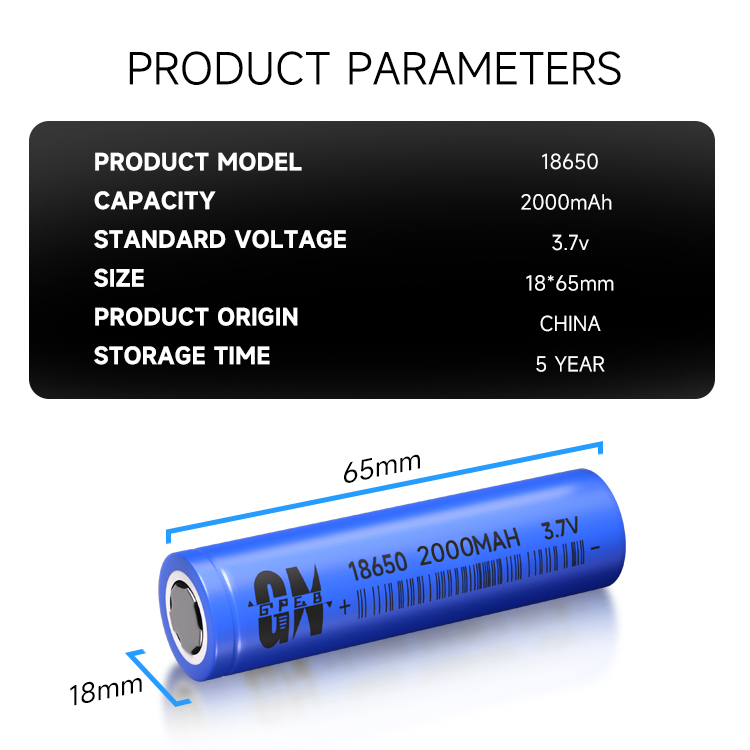
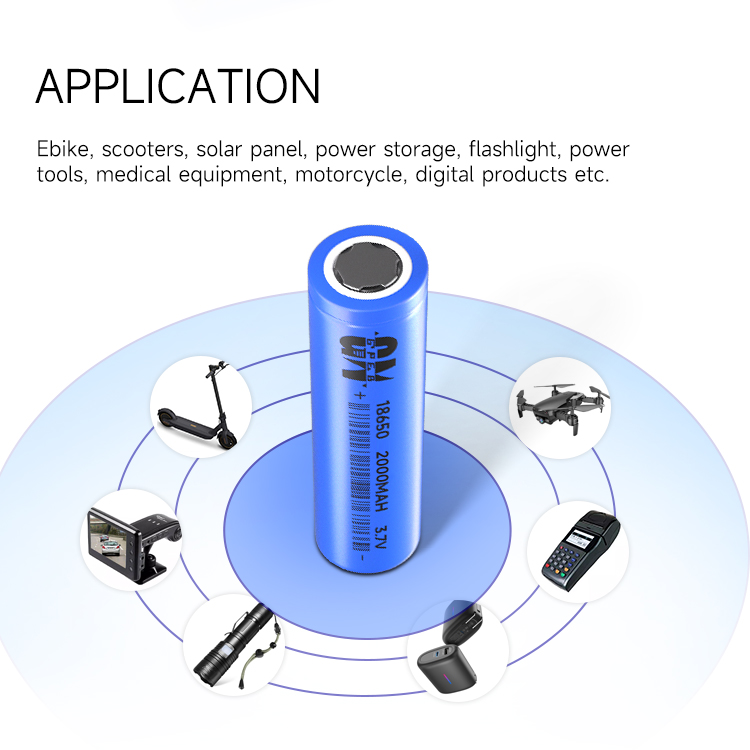
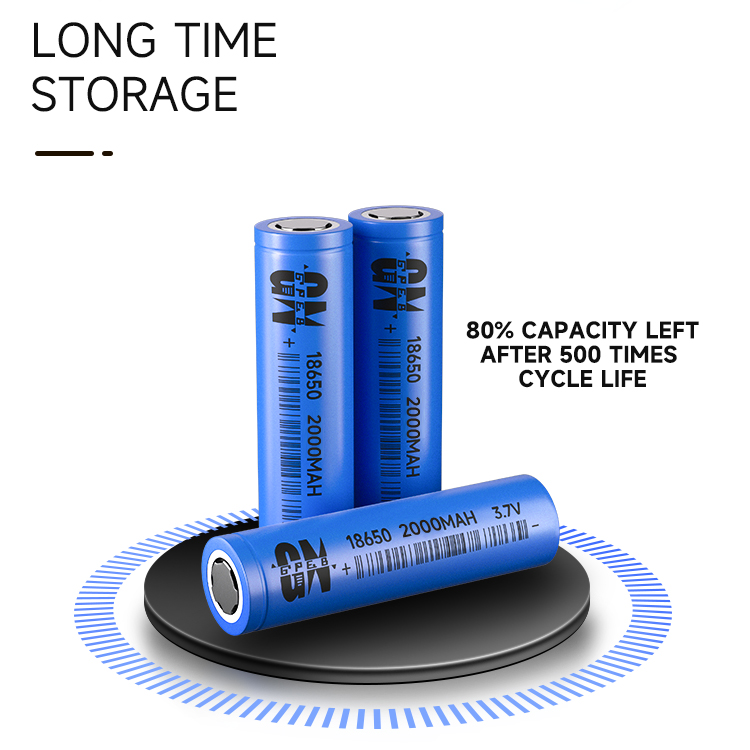
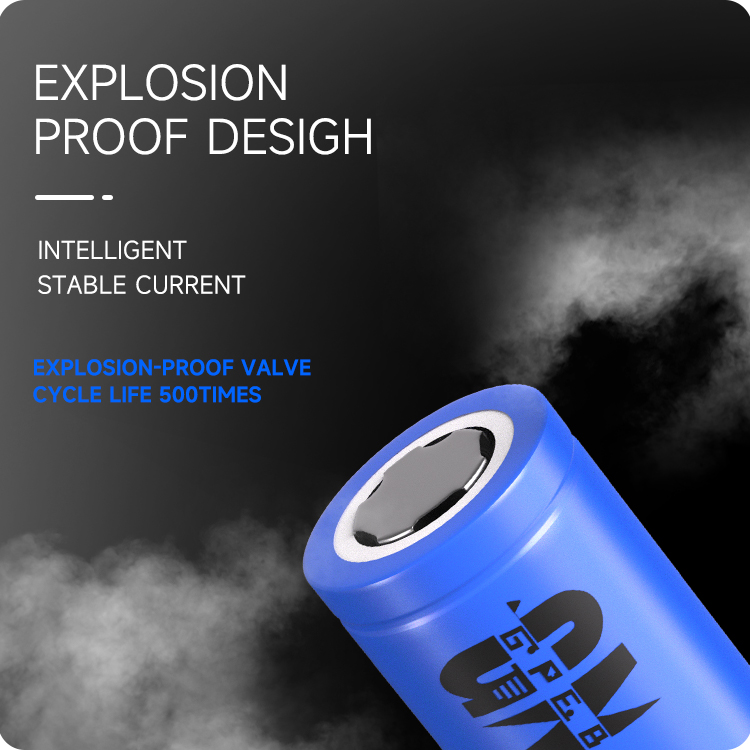
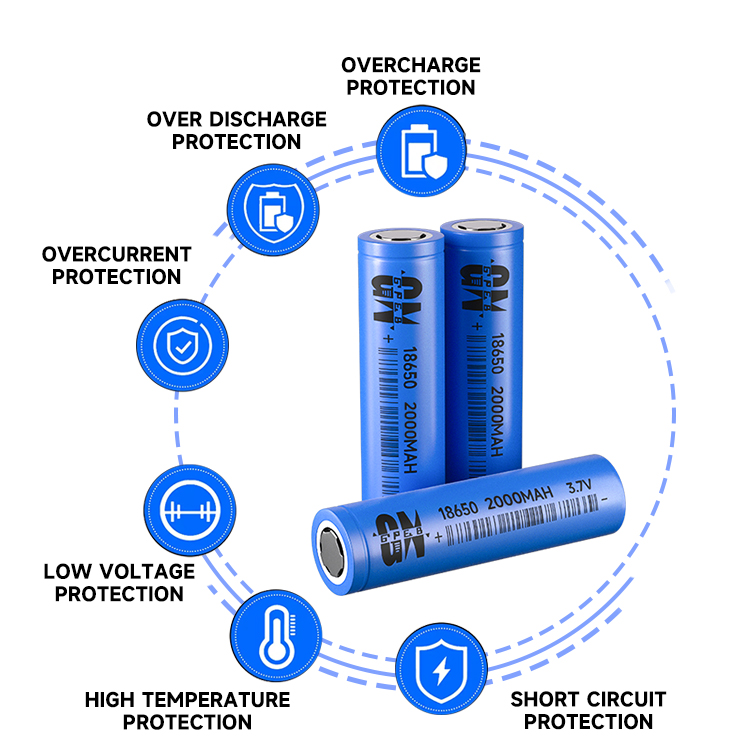
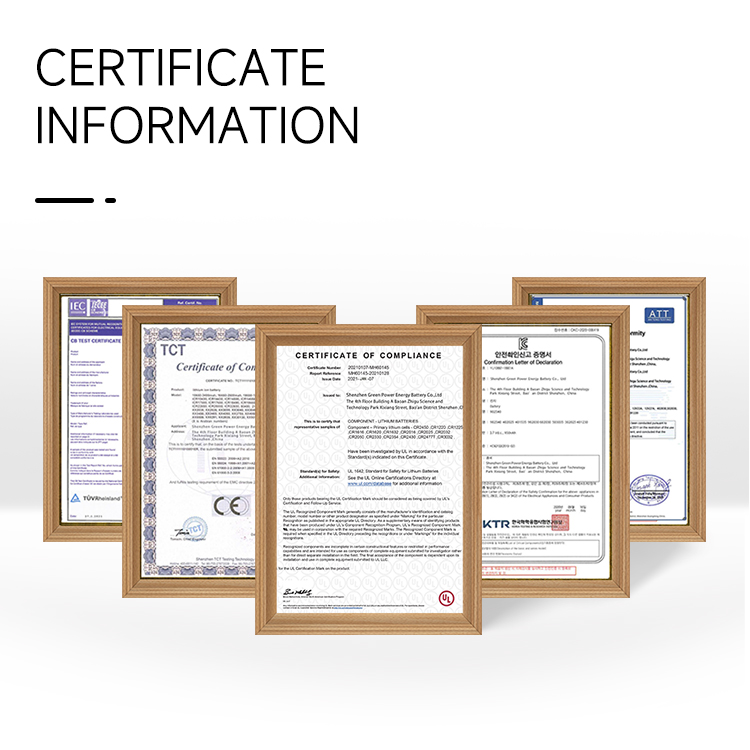
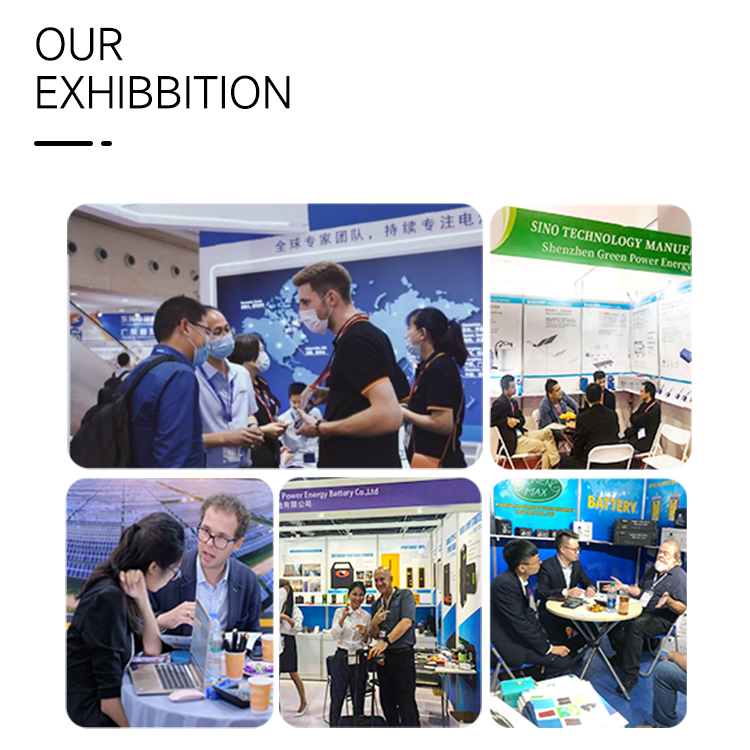
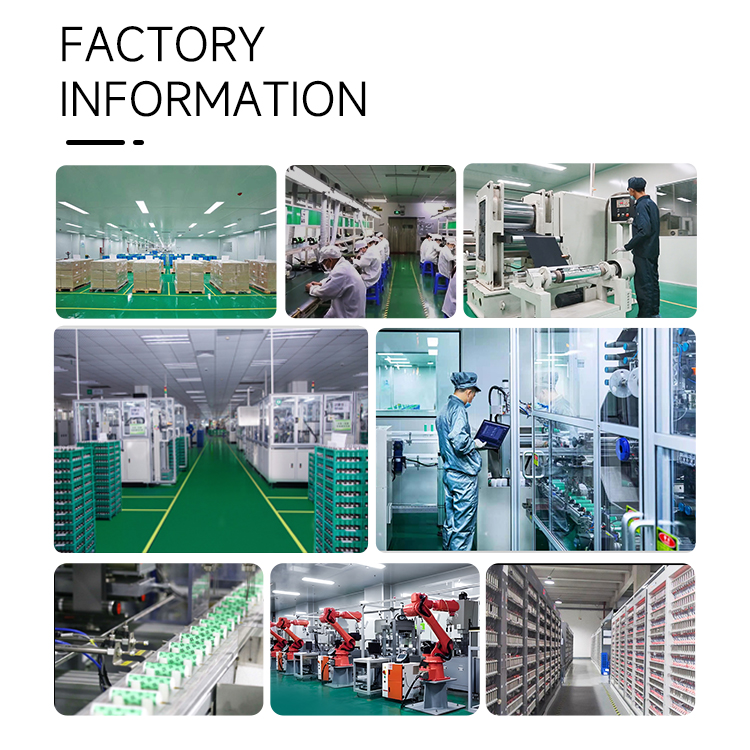
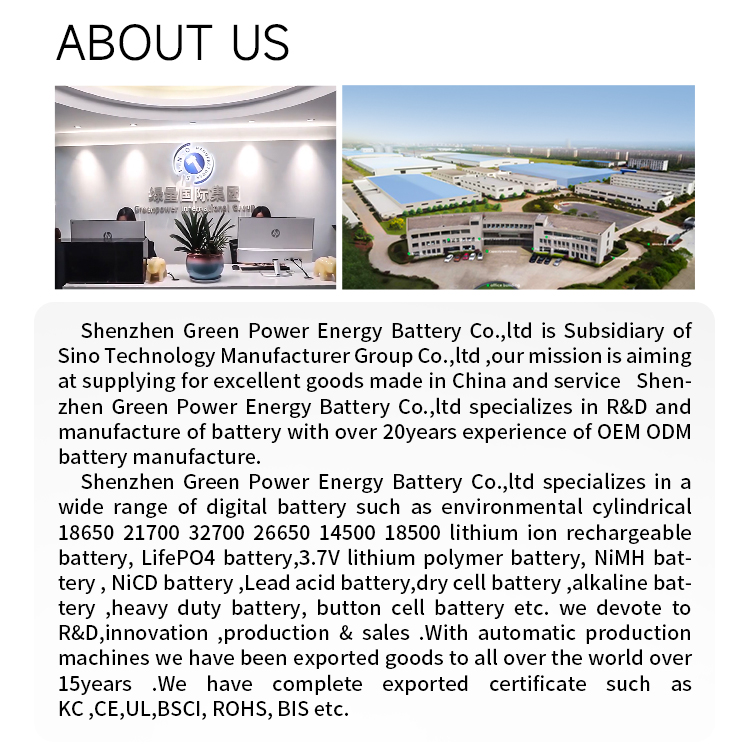
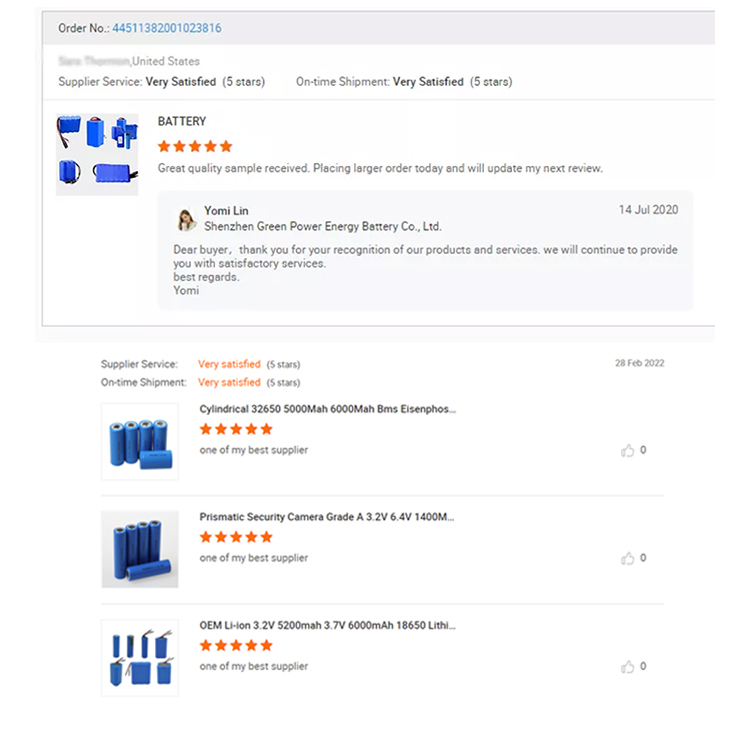































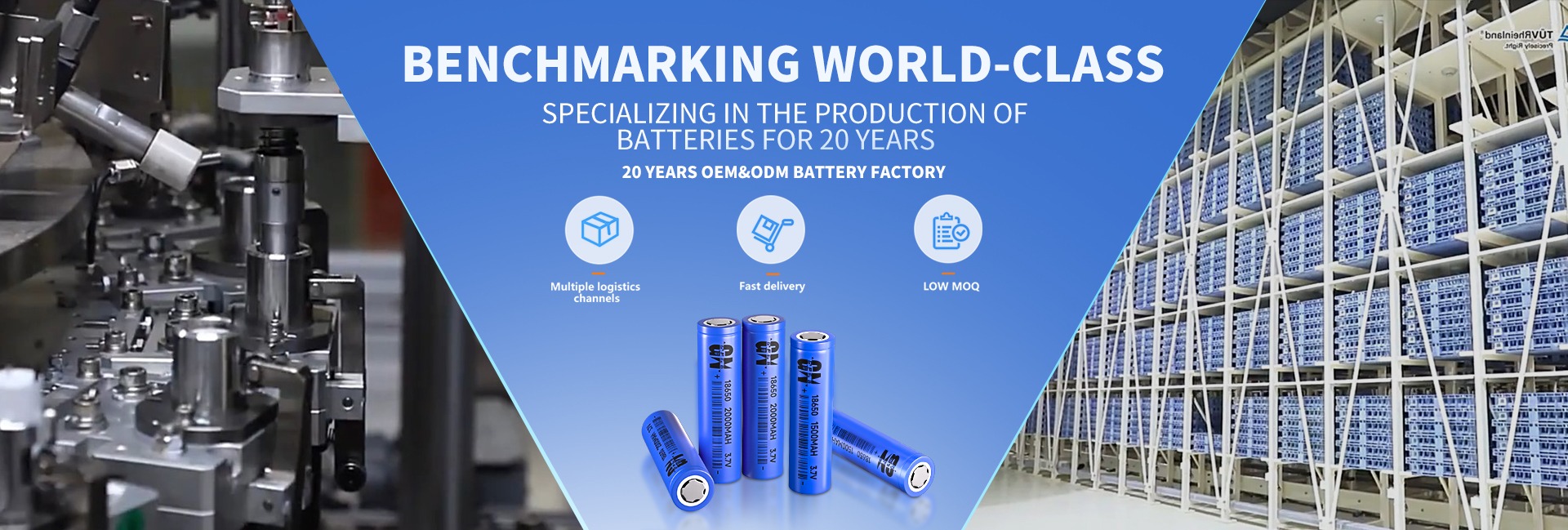
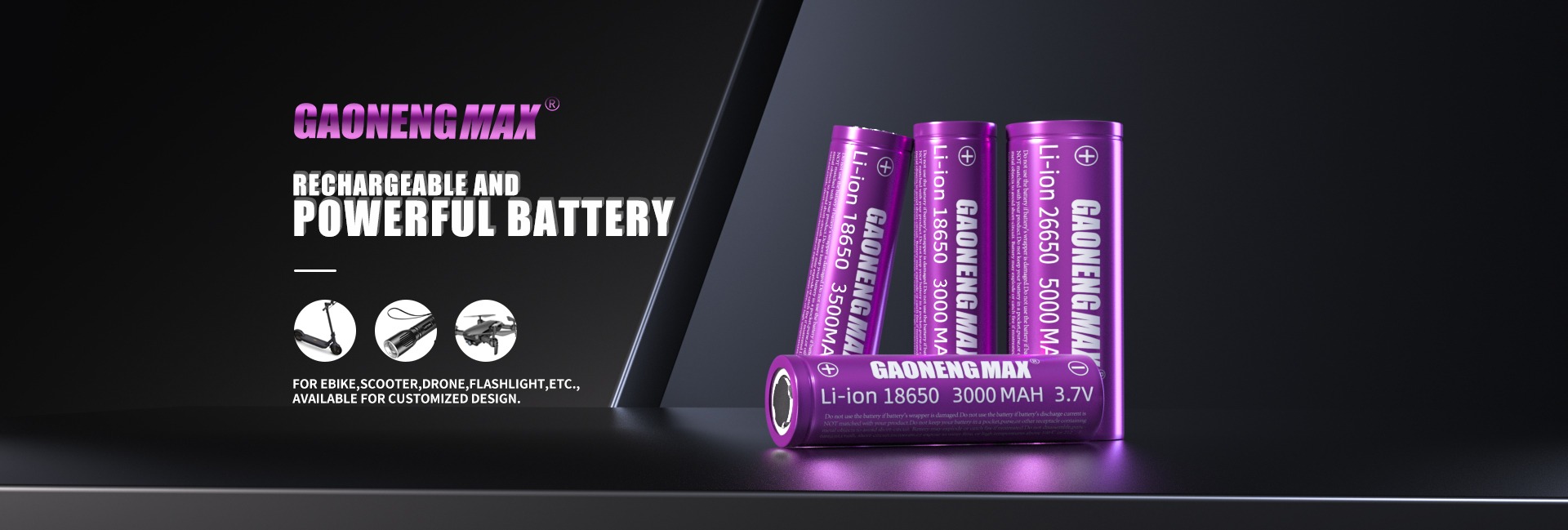
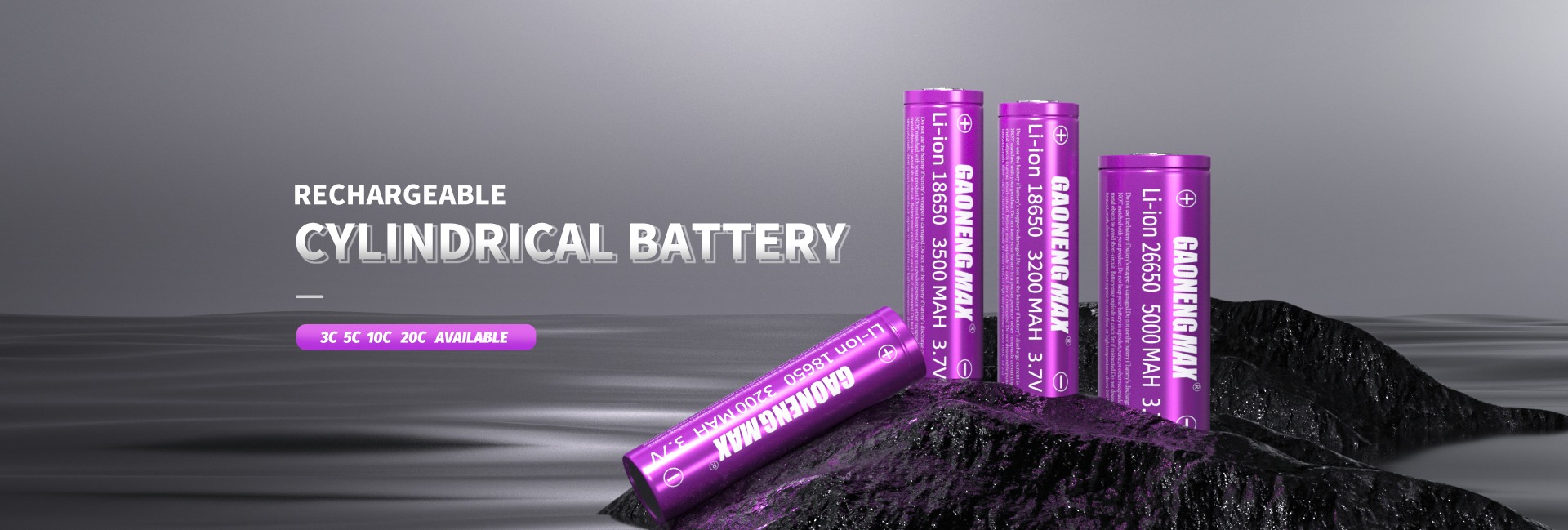
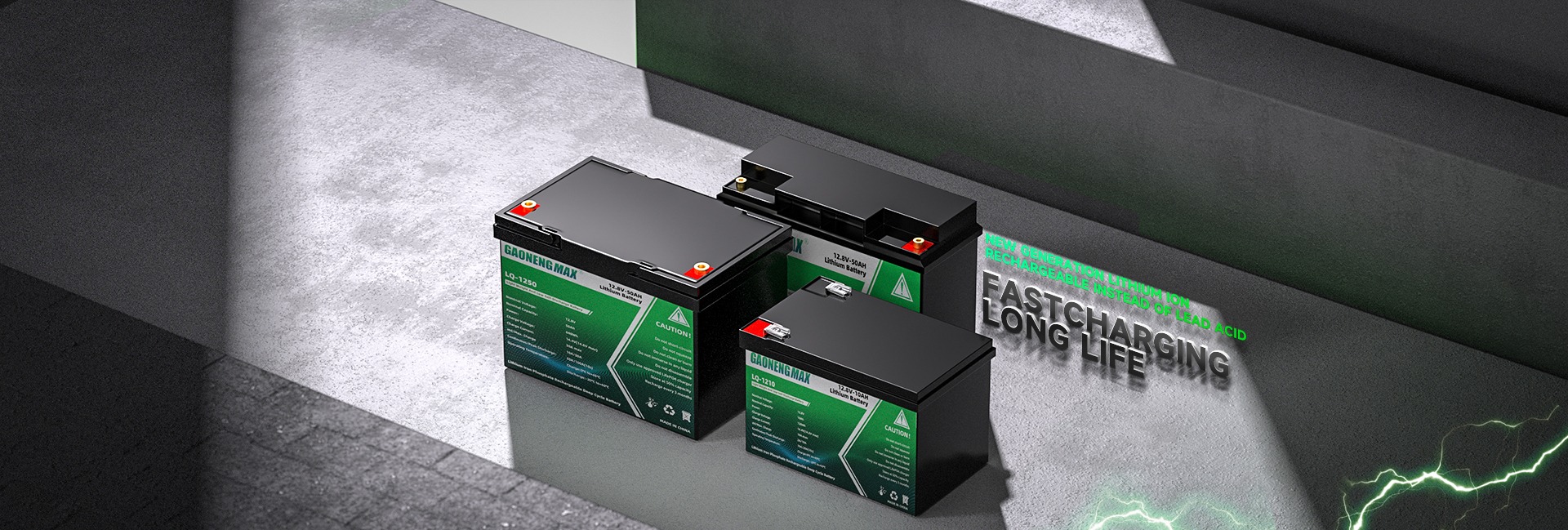



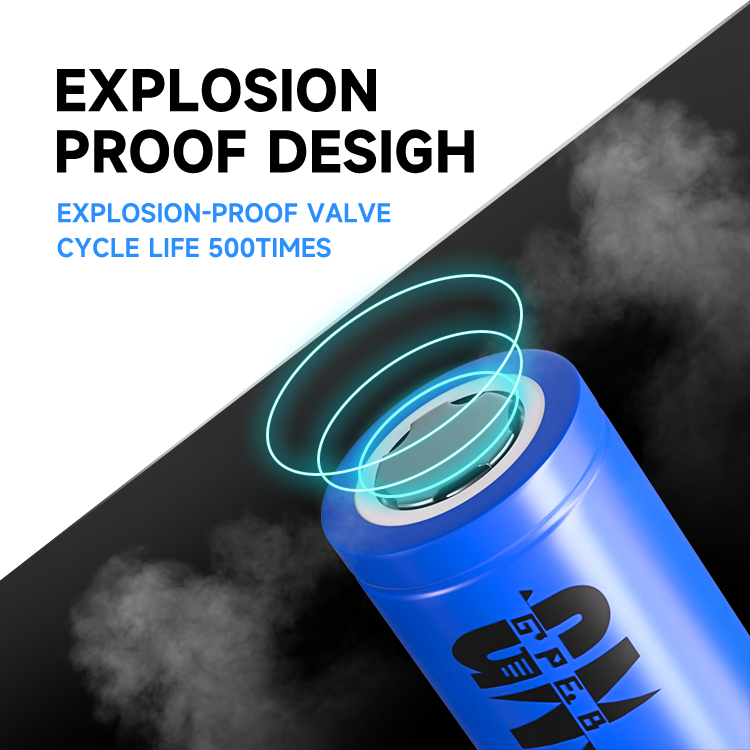
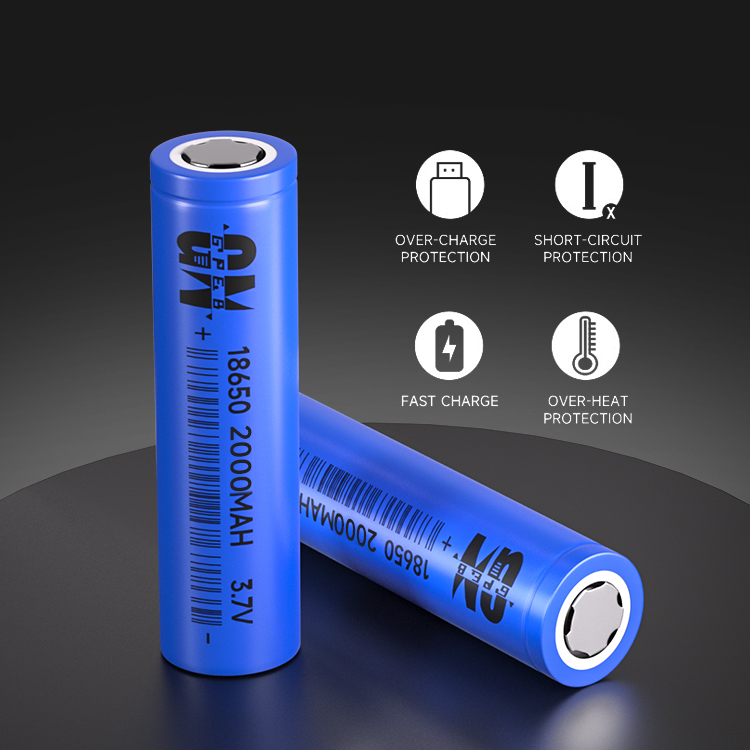
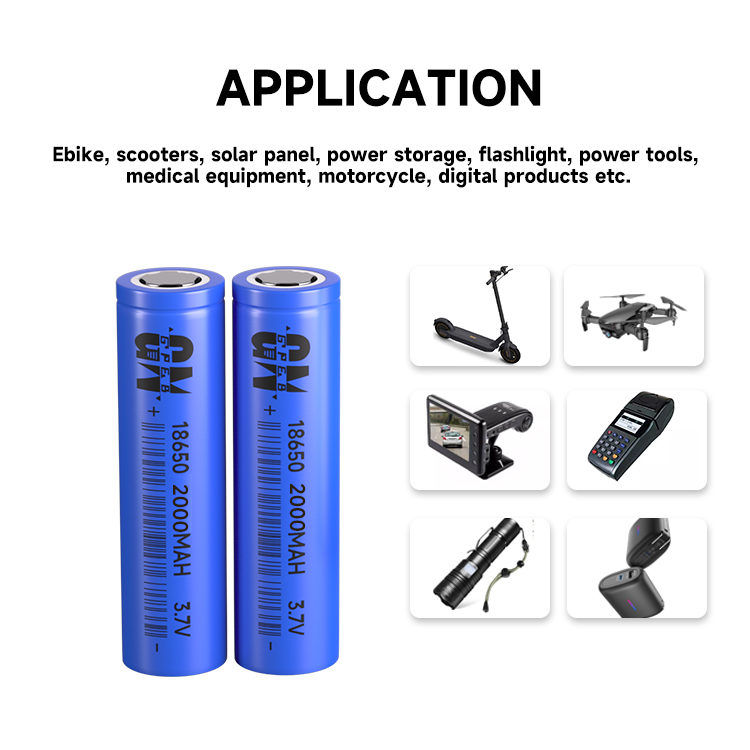
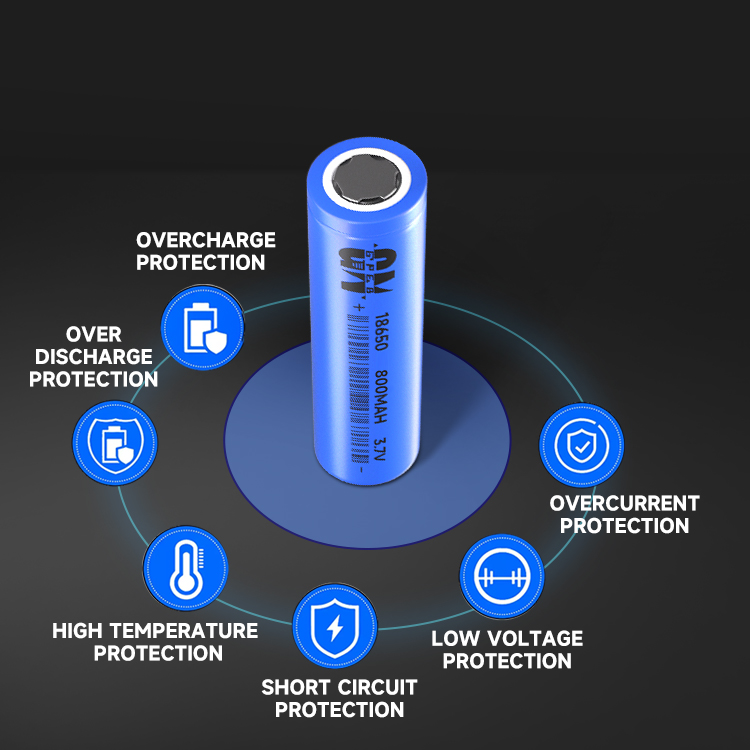










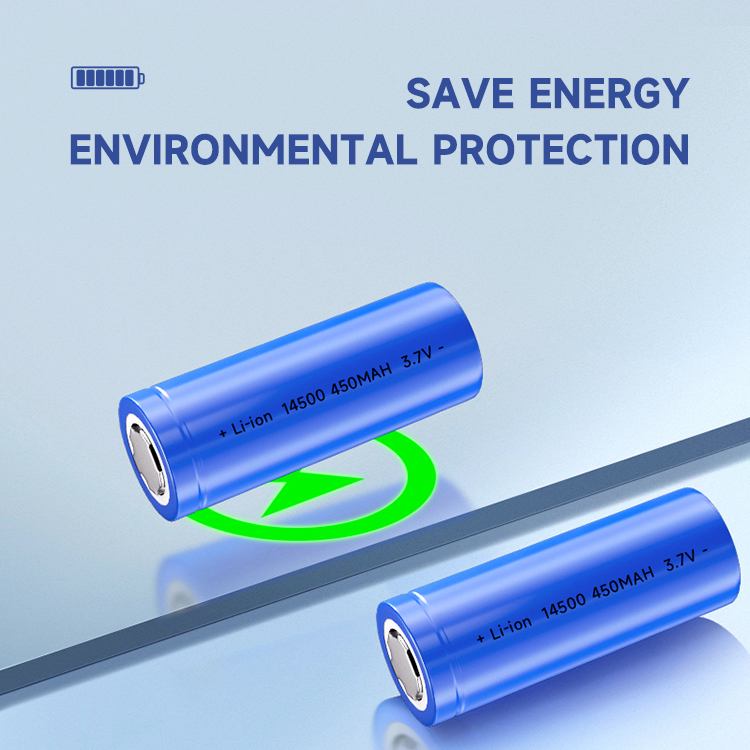
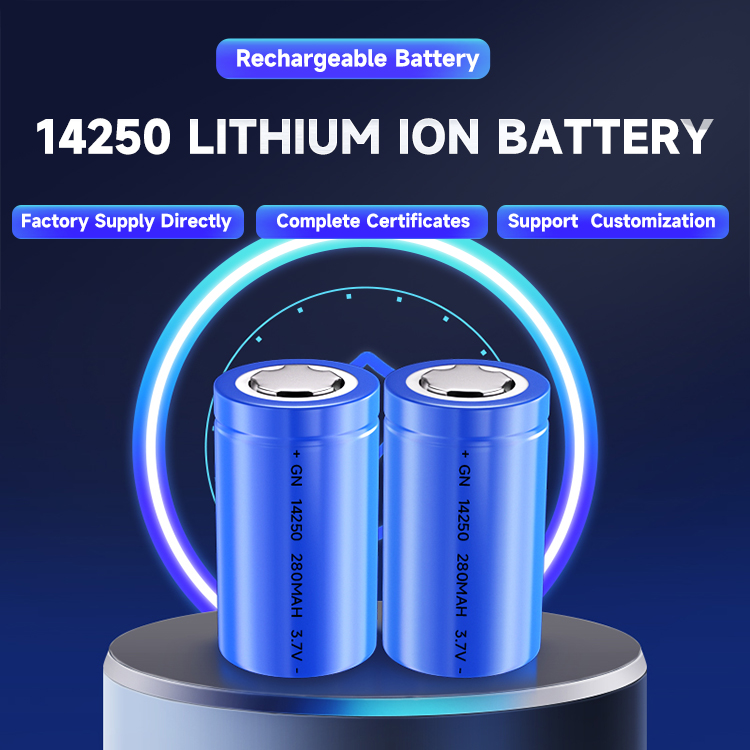
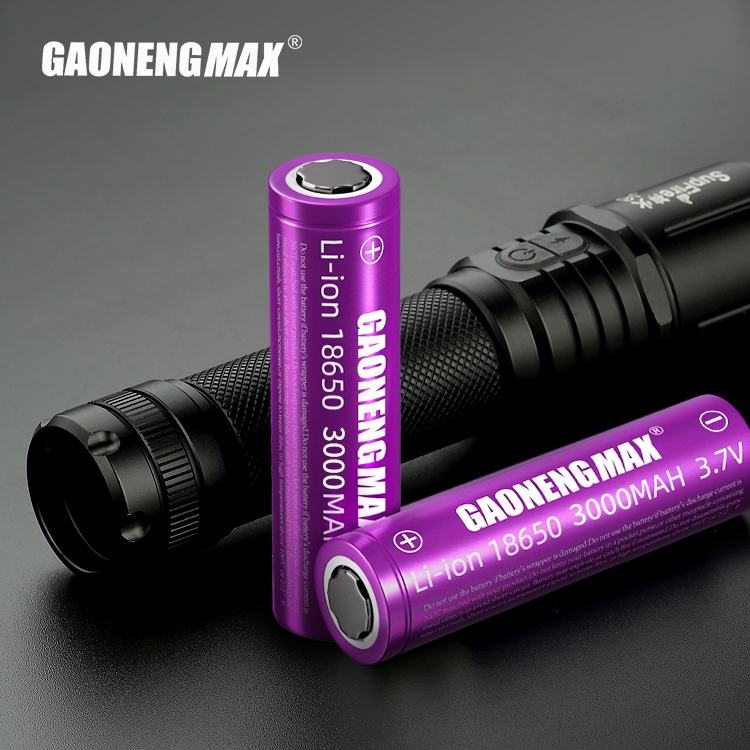
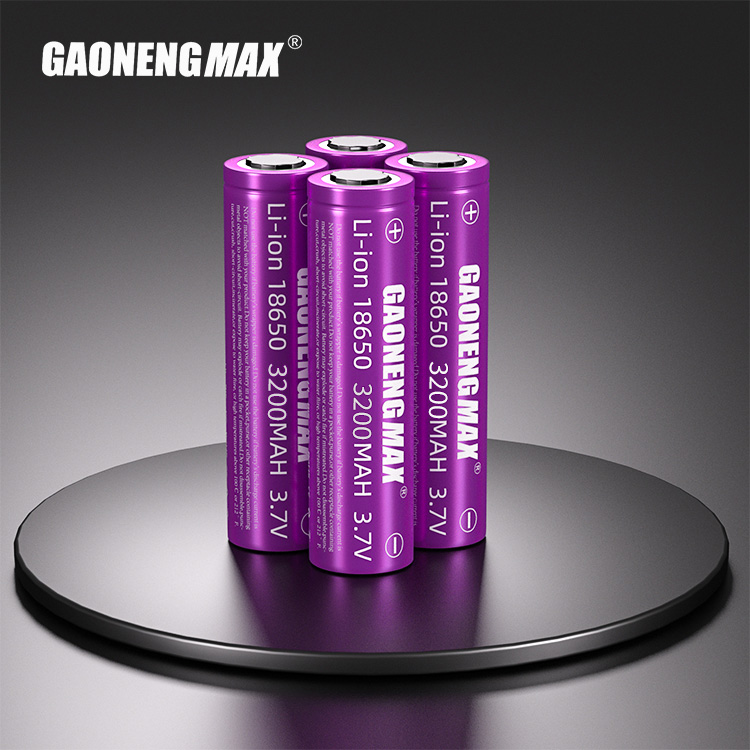
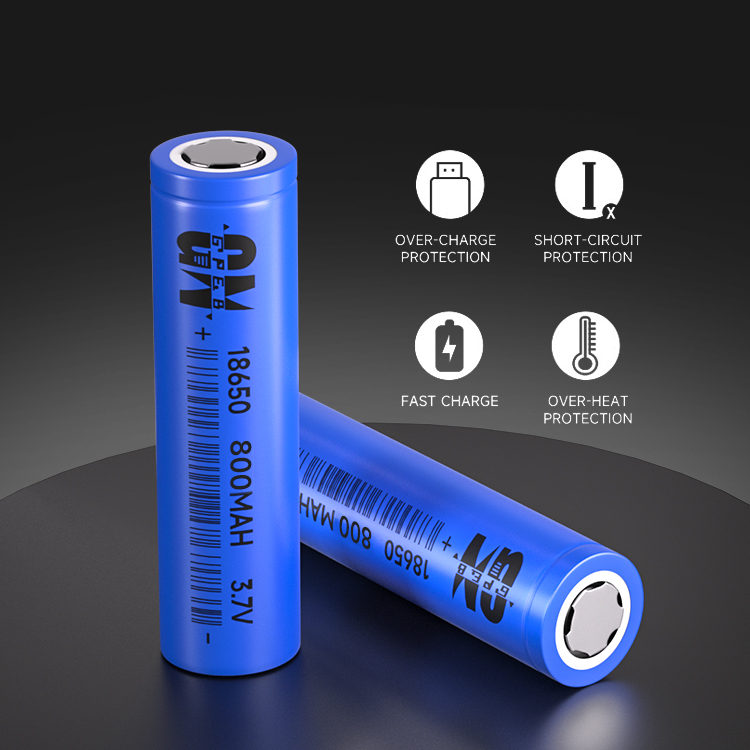
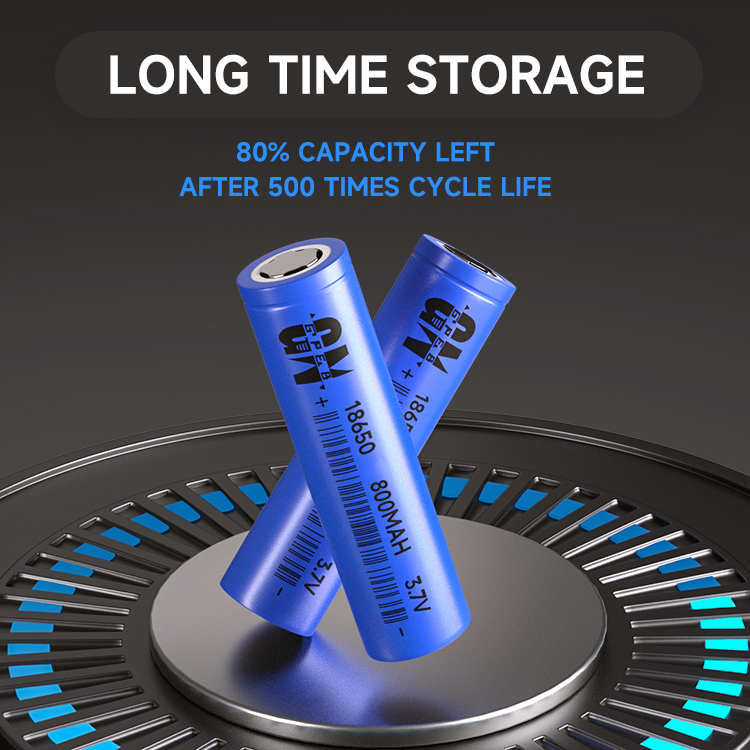
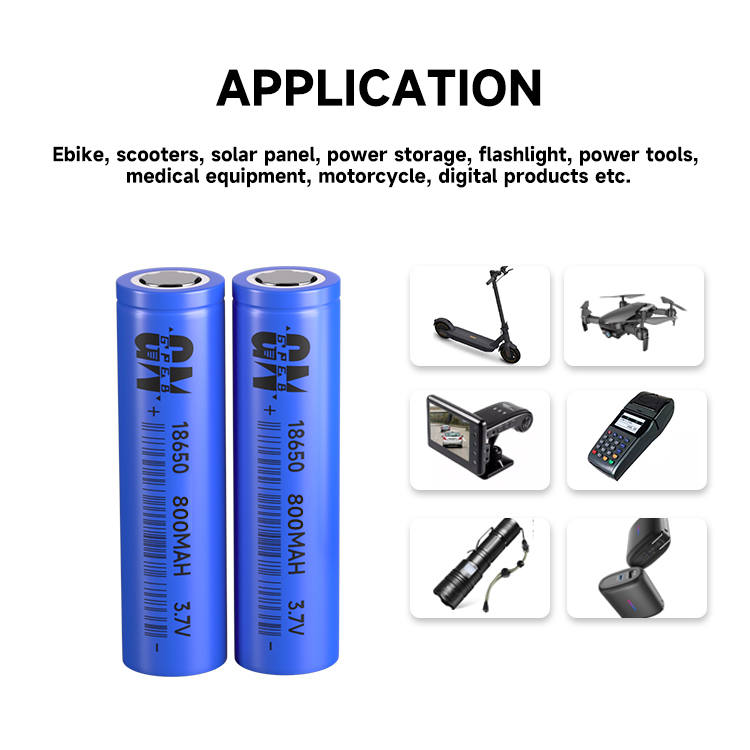


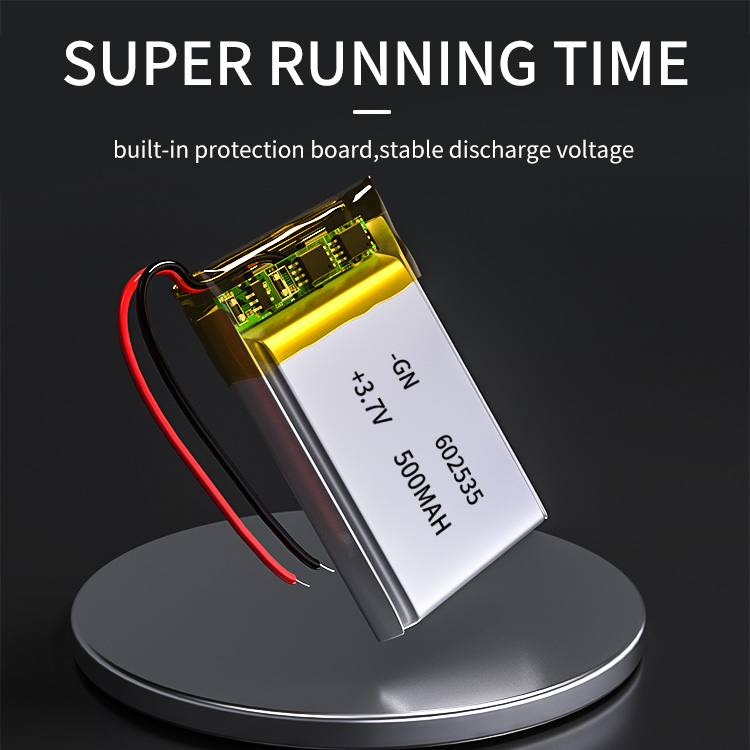
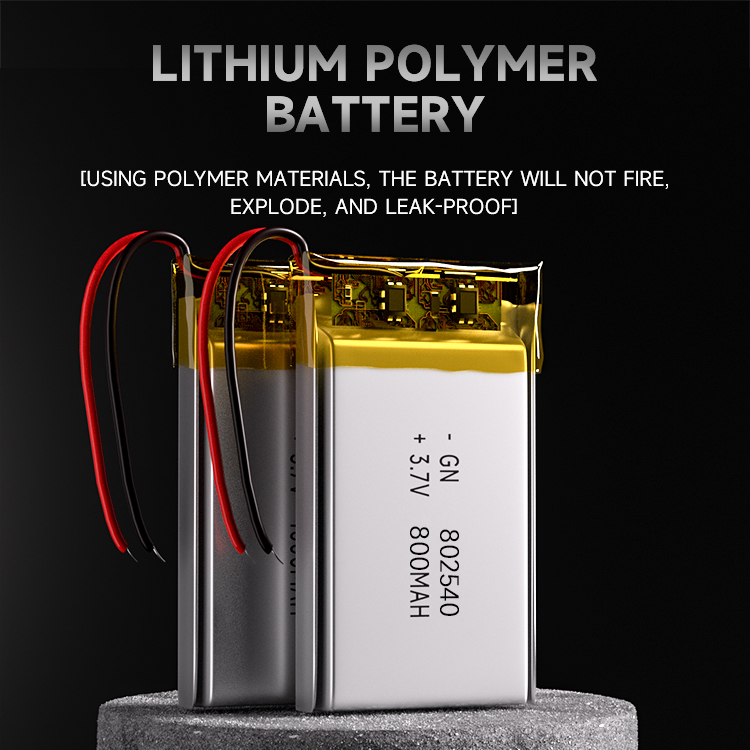
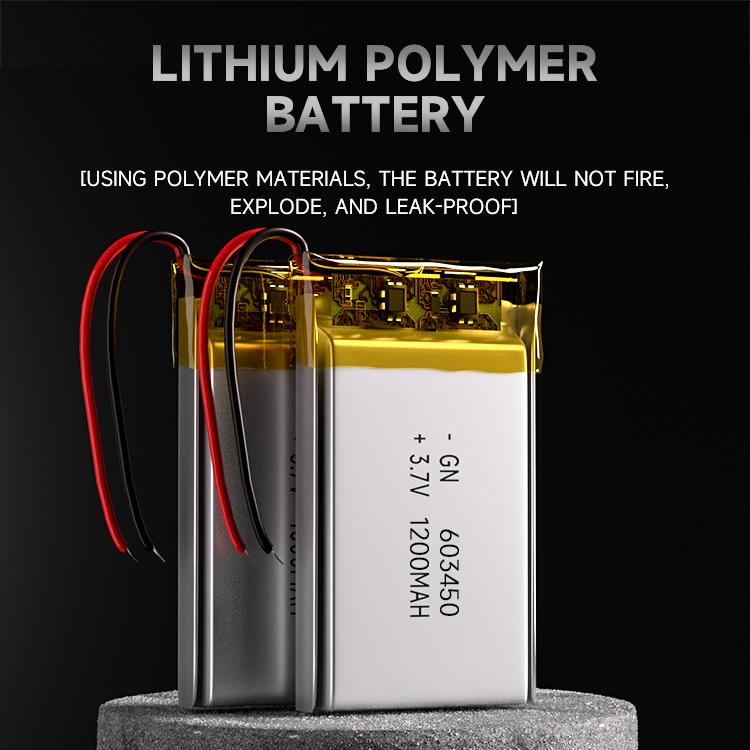


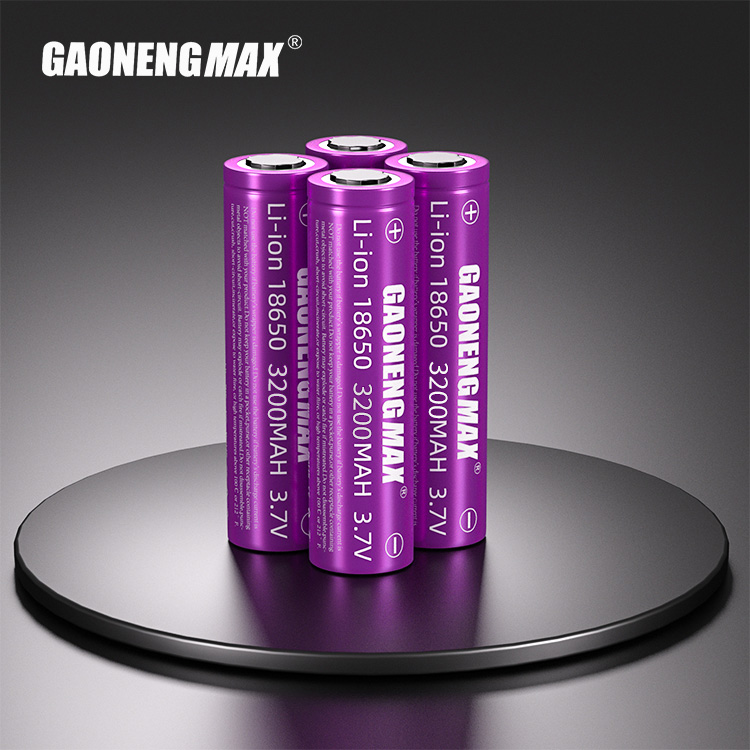

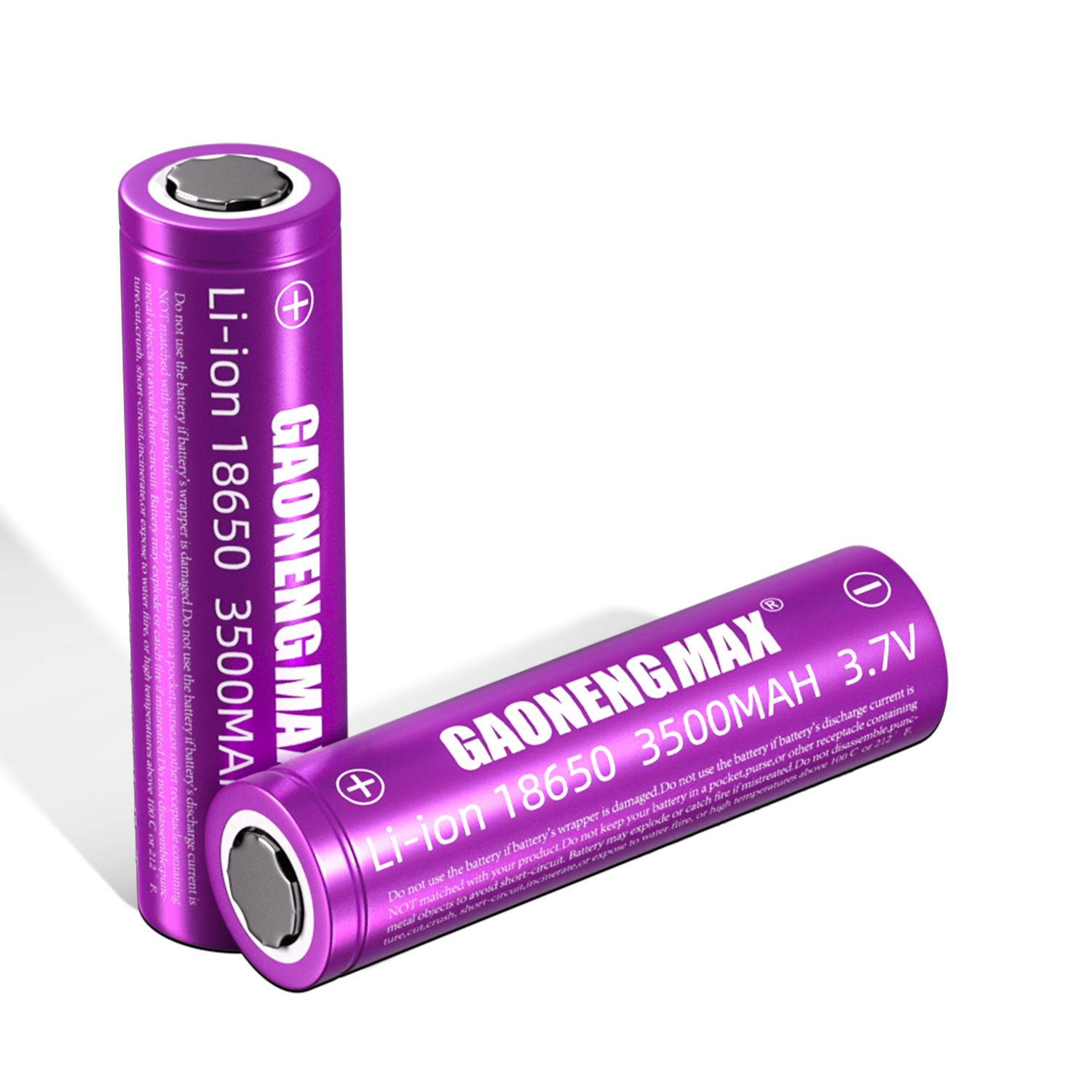



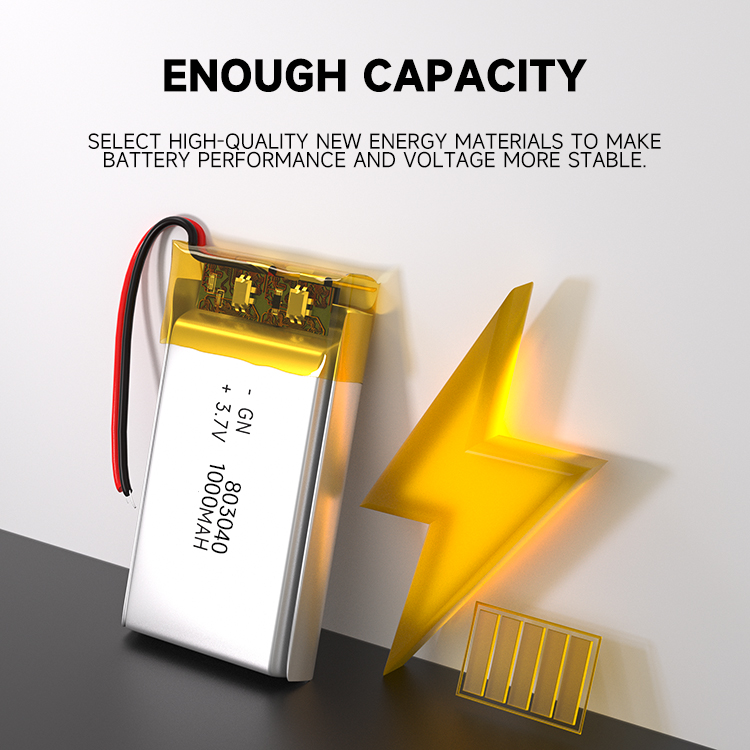

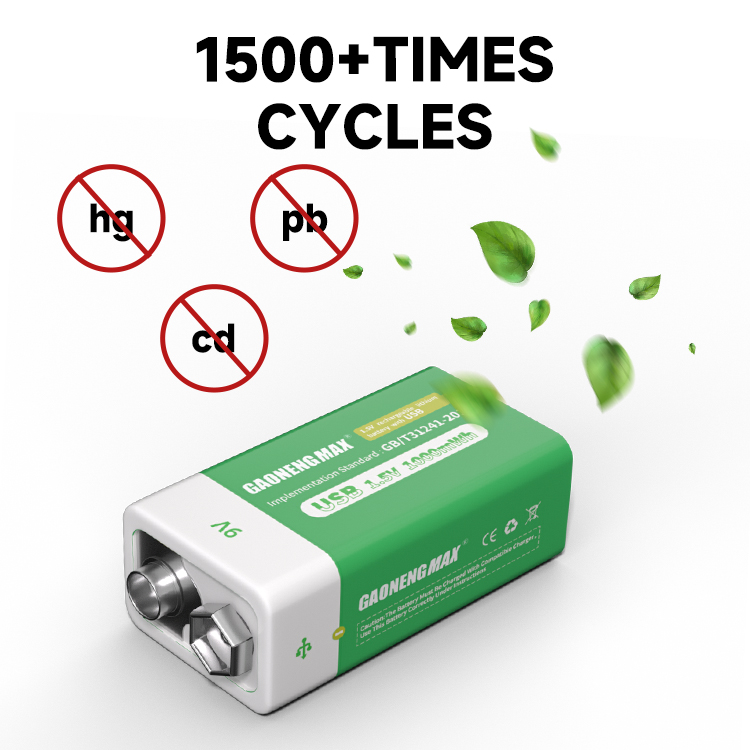











 360° FACTORY VR TOUR
360° FACTORY VR TOUR
 Whatsapp
Whatsapp
 Tel
Tel Email
Email TOP
TOP